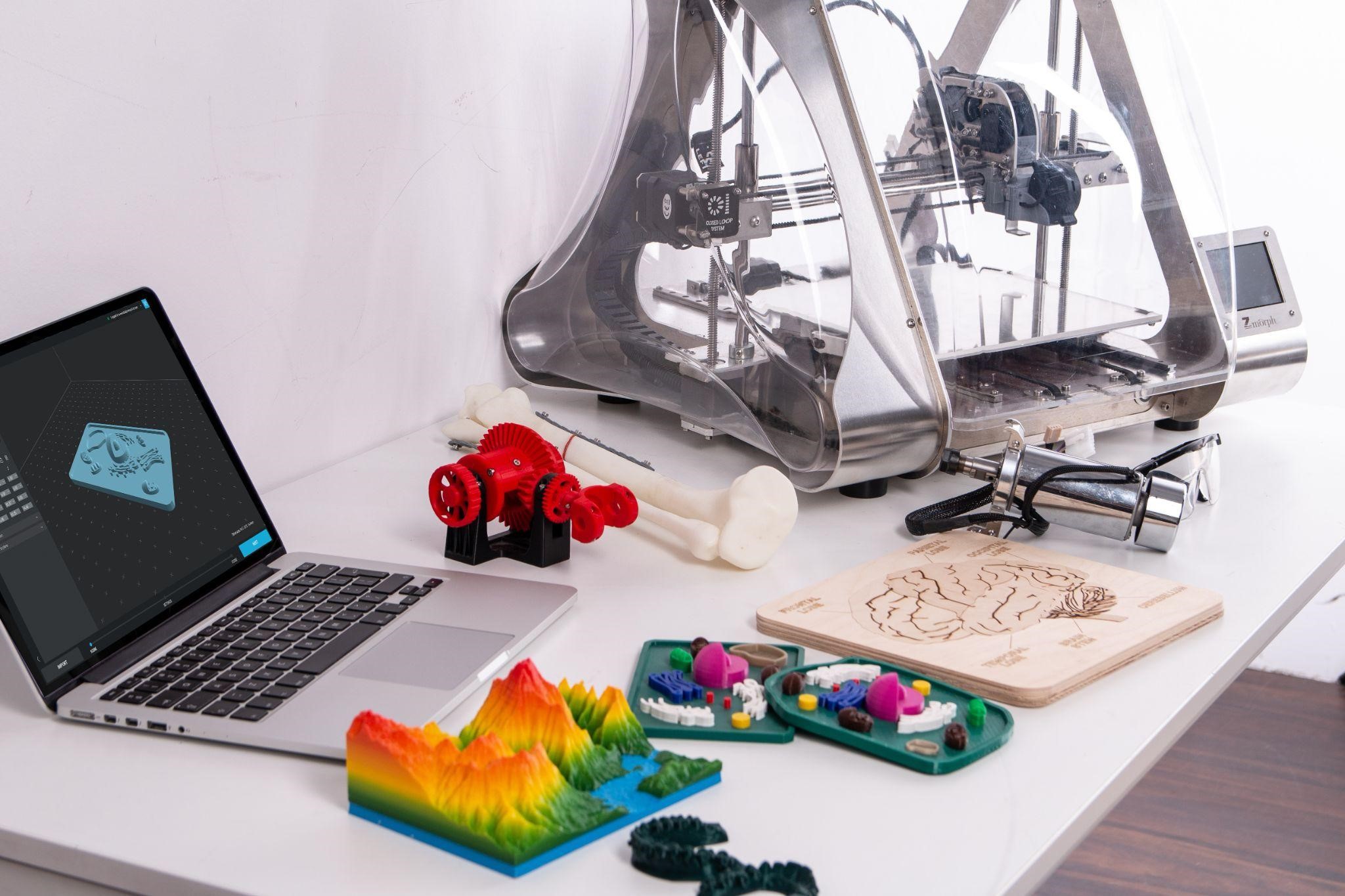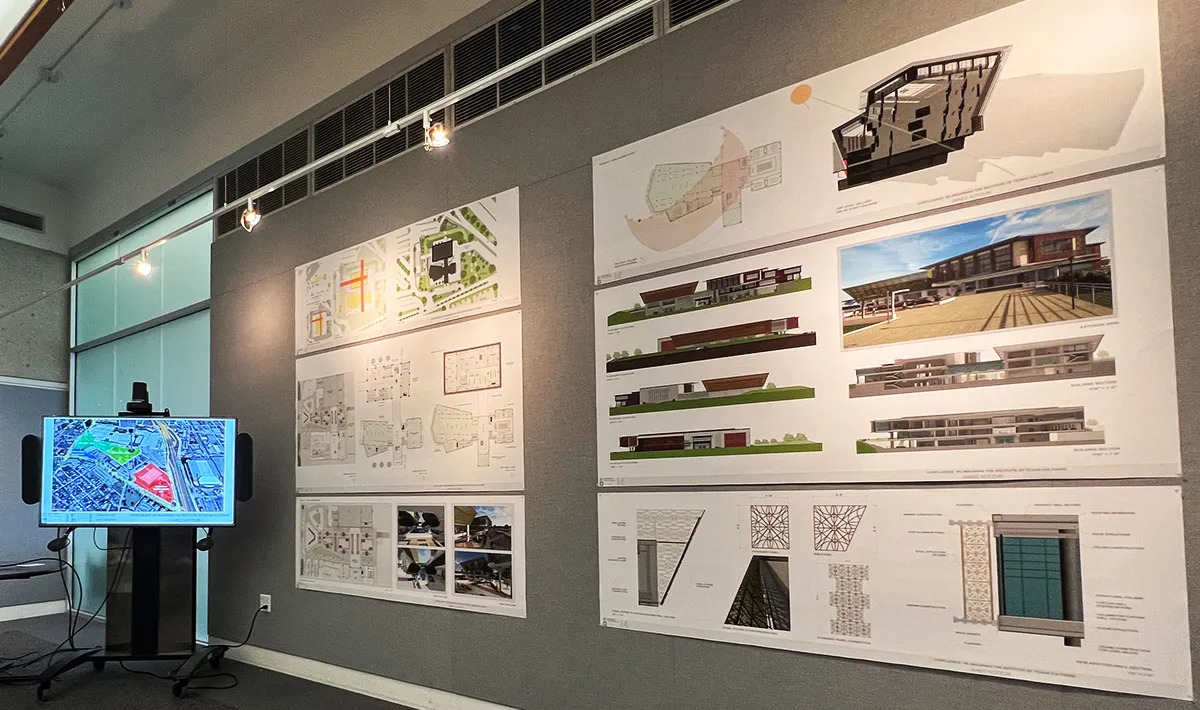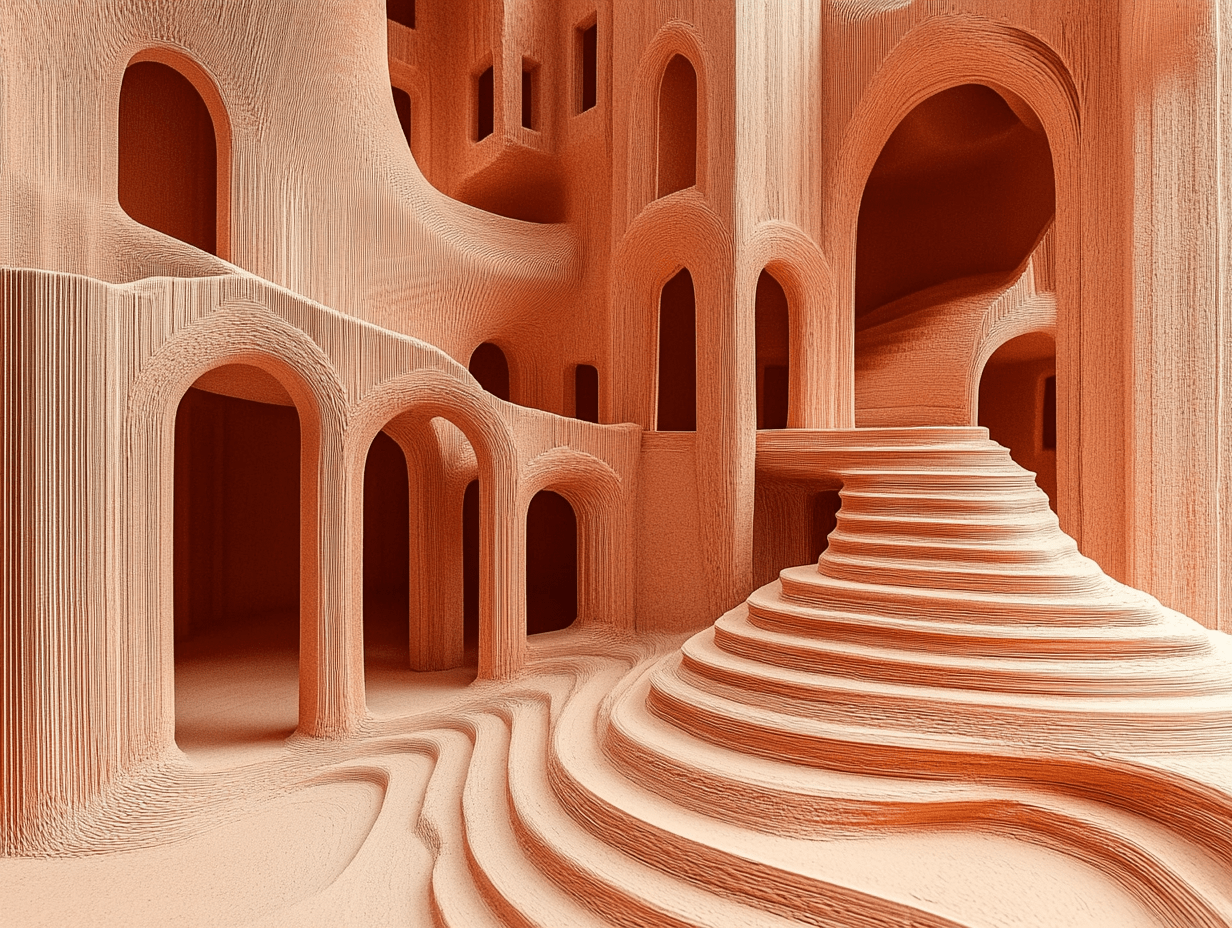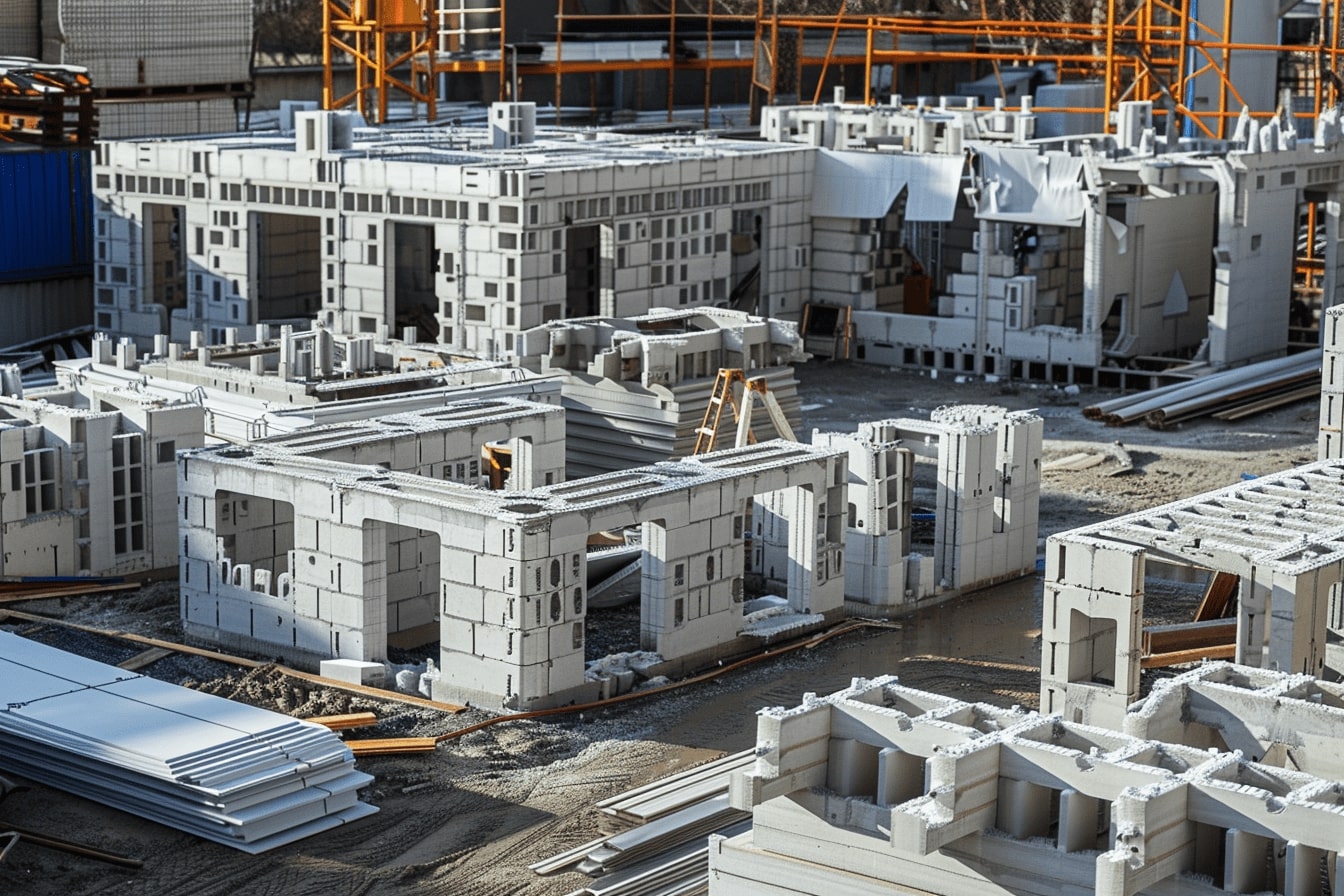- Home
- Articles
- Architectural Portfolio
- Architectral Presentation
- Inspirational Stories
- Architecture News
- Visualization
- BIM Industry
- Facade Design
- Parametric Design
- Career
- Landscape Architecture
- Construction
- Artificial Intelligence
- Sketching
- Design Softwares
- Diagrams
- Writing
- Architectural Tips
- Sustainability
- Courses
- Concept
- Technology
- History & Heritage
- Future of Architecture
- Guides & How-To
- Art & Culture
- Projects
- Interior Design
- Competitions
- Jobs
- Store
- Tools
- More
- Home
- Articles
- Architectural Portfolio
- Architectral Presentation
- Inspirational Stories
- Architecture News
- Visualization
- BIM Industry
- Facade Design
- Parametric Design
- Career
- Landscape Architecture
- Construction
- Artificial Intelligence
- Sketching
- Design Softwares
- Diagrams
- Writing
- Architectural Tips
- Sustainability
- Courses
- Concept
- Technology
- History & Heritage
- Future of Architecture
- Guides & How-To
- Art & Culture
- Projects
- Interior Design
- Competitions
- Jobs
- Store
- Tools
- More
How Does 3D Printing Impact Architecture?
The advent of 3D printing has revolutionized the architecture industry, offering a myriad of possibilities for designers and builders alike. By enabling quick and efficient production processes, 3D printing technology allows architects to create complex structures with unparalleled speed and accuracy.

The advent of 3D printing has revolutionized the architecture industry, offering a myriad of possibilities for designers and builders alike. By enabling quick and efficient production processes, 3D printing technology allows architects to create complex structures with unparalleled speed and accuracy.

This makes it possible for architects to design innovative buildings that are more efficient, sustainable, and cost-effective than ever before. 3D printed structures can be designed with intricate detail that cannot be achieved through traditional construction methods. As a result, 3D printing is transforming the way we think about building design in both commercial and residential settings.
Table of Contents
ToggleBenefits Of 3d Printing In Architecture
One of the major benefits of 3D printing in architecture is that it is highly cost-effective. Since 3D printed structures can be created quickly and accurately, they require less labor and materials than traditional construction methods.
This means that architects are able to save time and money when building new structures, leading to lower costs overall.
Since 3D-printed structures are often made from durable materials like plastic, they can last much longer than traditional buildings.
Since 3D printing is a digital process, architects can make changes quickly and easily without having to start from scratch.
Efficiency And Accuracy
Another major benefit of 3D printing in architecture is the increased efficiency and accuracy it provides.
Since 3D printers can create complex structures with extreme precision, architects are able to design and construct buildings faster than ever before.
Since the process is digital, architects are able to make changes quickly without needing to start from scratch.
This allows for greater flexibility in design, allowing for unique and innovative structures.
The flexibility enabled by 3D printing technology in architecture allows architects to design and build structures with unprecedented creativity and complexity.
Unlike traditional construction methods, 3D printing can produce intricate shapes and designs that would be impossible or prohibitively expensive to produce with other methods.
This increased flexibility in design also means that architects can quickly adjust their plans or make changes to existing structures, allowing them to adapt to changing needs or requirements quickly and easily.
Environmental Benefits
Finally, 3D printing presents a number of environmental benefits as well.
Since 3D printed structures require fewer materials than traditional construction methods, they are more sustainable overall.,
Since many 3D printers use recycled materials or bioplastics rather than traditional plastic, they are much more eco-friendly than traditional construction methods.
By allowing architects to create structures quickly and efficiently while using fewer materials, 3D printing has the potential to revolutionize the way we think about sustainable architecture.
3D printing technology offers a number of advantages when it comes to the use of fewer materials.
Since 3D printers can quickly and efficiently construct complex structures with extreme precision, architects are able to use less material than traditional construction methods, leading to cost savings.
3D printing is ideal for creating custom parts and components with intricate designs that would be impossible to produce with traditional methods.
This makes it easier for architects to create a variety of structures, from large-scale buildings to small-scale sculptures and designs.
Cost Effectiveness
The cost-effectiveness of 3D printing in architecture is one of its most attractive benefits.
By enabling quick and efficient construction processes, architects are able to save time and money when building new structures.
Since 3D printed structures require fewer materials than traditional construction methods, they also require less labor, leading to further savings.
This not only makes 3D printing a more cost-effective option but also allows for greater flexibility and creativity in the design process.
Innovative Technologies
3D printing is revolutionizing the architecture industry in numerous ways.
One of the most significant benefits is its cost-effectiveness, as 3D-printed structures require fewer materials and labor than traditional construction methods.
Since 3D printers can create complex structures with extreme precision, architects are able to design and construct buildings faster than ever before.
There are three main types of 3D printing that are commonly used in the architecture industry: Fused Deposition Modeling (FDM), Stereolithography (SLA), and Selective Laser Sintering (SLS).
Fused Deposition Modeling (FDM)
Fused Deposition Modeling (FDM) is a type of 3D printing technology that works by heating and extruding thermoplastics in a specific pattern.
This process results in highly accurate, detailed structures with smooth surfaces. FDM printers are incredibly versatile, as they can create a wide variety of shapes and objects depending on the design.
Stereolithography (SLA)
Stereolithography (SLA) is another type of 3D printing technology that works by curing a liquid photopolymer with a UV laser.
This process results in highly detailed, accurate structures with smooth surfaces.
SLA printers are particularly well suited to creating complex and intricate objects, making them ideal for architectural projects.
Selective Laser Sintering (SLS)
Selective Laser Sintering (SLS) is a type of 3D printing technology that works by fusing particles of powdered material together with a laser.
This process produces strong parts that are great for prototyping and production-grade applications
Sustainable Buildings
3D printing is revolutionizing the architecture industry in numerous ways and is making sustainable building possible.
The cost-effectiveness of 3D printing allows for creative and unique structures to be constructed quickly and efficiently using fewer materials than traditional construction methods.
Since many 3D printers use recycled materials or bioplastics rather than traditional plastic, they are much more eco-friendly than traditional construction methods.
By allowing architects to create structures quickly and efficiently while using fewer materials, 3D printing has the potential to revolutionize the way we think about sustainable architecture.
Final Word
In conclusion, 3D printing is revolutionizing the architecture industry in numerous ways. It’s cost-effectiveness and innovative technologies allow architects to create unique structures quickly and efficiently while using fewer materials than traditional construction methods.
Since many 3D printers use recycled materials or bioplastics rather than traditional plastic, they are much more eco-friendly than traditional construction methods.
These benefits make it possible for architects to build sustainable structures that are both beautiful and efficient at a fraction of the cost of conventional building techniques.
With its potential for reducing waste and increasing efficiency, 3D printing has the power to truly transform our built environment in an exciting way!
illustrarch is your daily dose of architecture. Leading community designed for all lovers of illustration and #drawing.
Submit your architectural projects
Follow these steps for submission your project. Submission FormLatest Posts
Best 3D Scanners for Construction Site Digitization
3D scanning has become an essential tool for architects and construction professionals,...
Sustainable 3D Printing with Clay: Revolutionizing Architecture Construction Material
Discover how 3D printing is revolutionizing architecture by combining the timeless advantages...
The Future of 3D Printed Buildings: Innovations, Benefits, and Challenges
Imagine a world where constructing a house takes just a single day....
How 3D Printed Architecture is Revolutionizing Sustainable Urban Development
Imagine a world where homes rise from the ground in mere days,...












Leave a comment